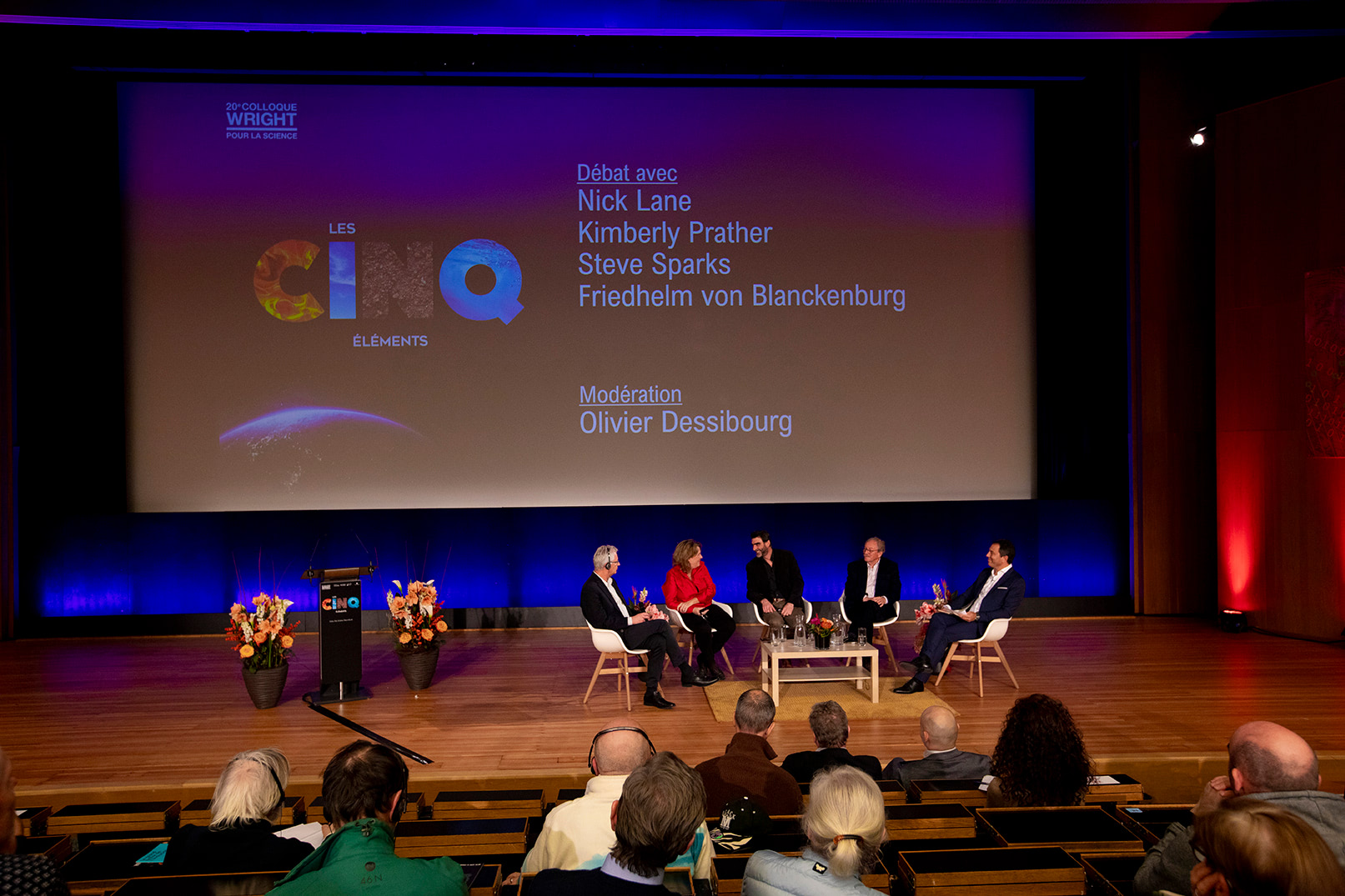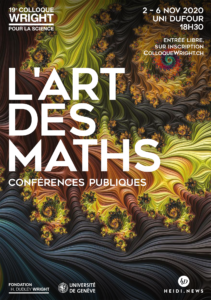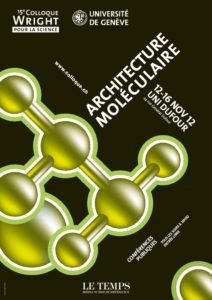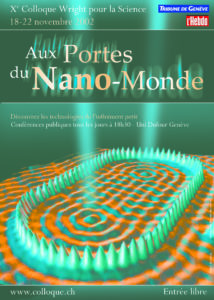The concept of symmetry is familiar to us. It’s found in art, music and architecture – and in biology, chemistry and physics. It’s in us and around us. But what is not as well known or as obvious are the symmetries that exist in the infinitely large and the infinitely small. These symmetries are intricately linked to the physical laws that govern our Universe. It is to this vast and fundamental concept that the five Wright Colloquium lectures will be dedicated this year. The aim is to explain the fundamental role that symmetry plays in the history of our Universe, from the Big Bang to living cells and the passage of time.
The Universe, seen as a whole, obeys numerous symmetries. Some, like rotational symmetry, are easy to visualize. A physics experiment performed facing north or south will yield the same results. Temporal translation – that is, symmetry in time – means that the results of an experiment will be the same today or tomorrow. These “common” symmetries play an essential role in the behavior of our Universe, since the laws of conservation depend on their existence. For example, the fact that energy is conserved – nothing is lost, nothing created – is directly linked to time symmetry.
Other symmetries, harder to imagine but just as fundamental, govern the behavior of elementary particles. Each particle of matter has a so-called antiparticle associated with it. The two are perfectly identical, with the exception of electric charge and magnetic moment, which are opposite. But they cannot coexist. When a particle meets its antiparticle, they annihilate each other, transferring all their energy into light. If matter and antimatter had been created in equal quantities at the start of the Universe, then it would have consisted solely of light. The very existence of the Universe, which results from a tiny surplus of matter over antimatter, shows that the symmetry between particles and antiparticles is not perfectly respected. Why not? This is one of the great questions of modern physics.
Symmetry, or near-symmetry, is also present in biological construction and evolution. This can be seen not only in the structure of many plants and flowers, but also in the human body. How life constructs its forms, and what role symmetries play in the development of organisms and in physiology are just some of the topics we would like to address in the final lecture of our series.
























